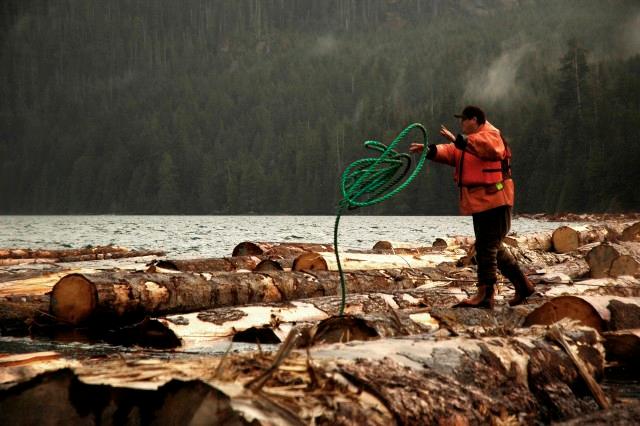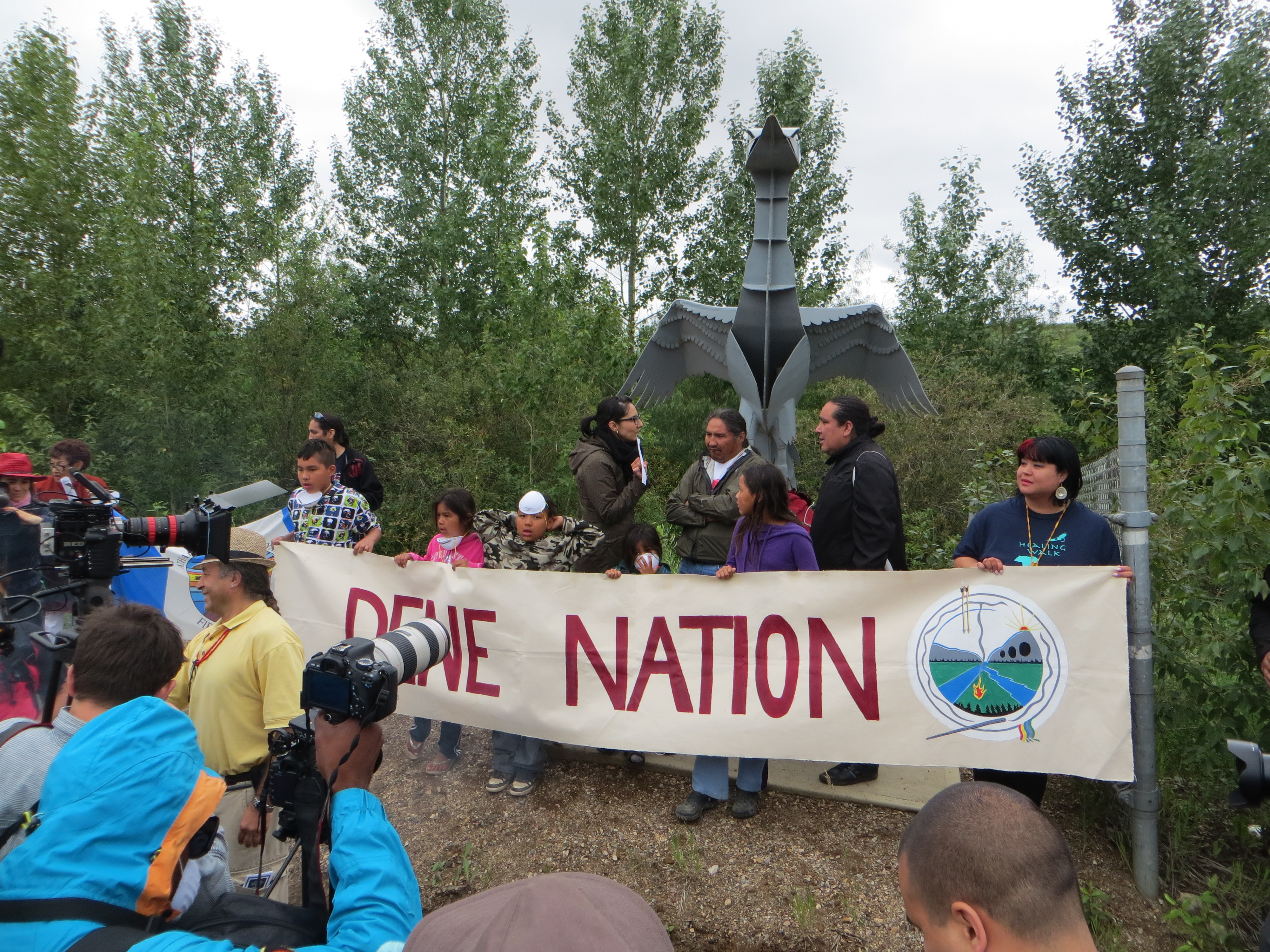Tahltan are Dene, an Indigenous people in Canada. Tahltan have traditionally occupied an area of northwestern British Columbia centered on the Stikine River. Although the Tahltan use several terms to refer to themselves, the designation "Tahltan" comes from the language of their neighbours, the Tlingit. Today, the Tahltan Central Government represents the interests of the Tahltan members, both on and off reserve.
-
- MLA 8TH EDITION
- Kennedy, Dorothy. "Tahltan". The Canadian Encyclopedia, 04 February 2022, Historica Canada. development.thecanadianencyclopedia.ca/en/article/tahltan. Accessed 07 January 2026.
- Copy
-
- APA 6TH EDITION
- Kennedy, D. (2022). Tahltan. In The Canadian Encyclopedia. Retrieved from https://development.thecanadianencyclopedia.ca/en/article/tahltan
- Copy
-
- CHICAGO 17TH EDITION
- Kennedy, Dorothy. "Tahltan." The Canadian Encyclopedia. Historica Canada. Article published January 28, 2007; Last Edited February 04, 2022.
- Copy
-
- TURABIAN 8TH EDITION
- The Canadian Encyclopedia, s.v. "Tahltan," by Dorothy Kennedy, Accessed January 07, 2026, https://development.thecanadianencyclopedia.ca/en/article/tahltan
- Copy
Thank you for your submission
Our team will be reviewing your submission
and get back to you with any further questions.
Thanks for contributing to The Canadian Encyclopedia.
CloseArticle
Tahltan
Article by Dorothy Kennedy
Published Online January 28, 2007
Last Edited February 4, 2022

 Share on Facebook
Share on Facebook Share on X
Share on X Share by Email
Share by Email Share on Google Classroom
Share on Google Classroom




